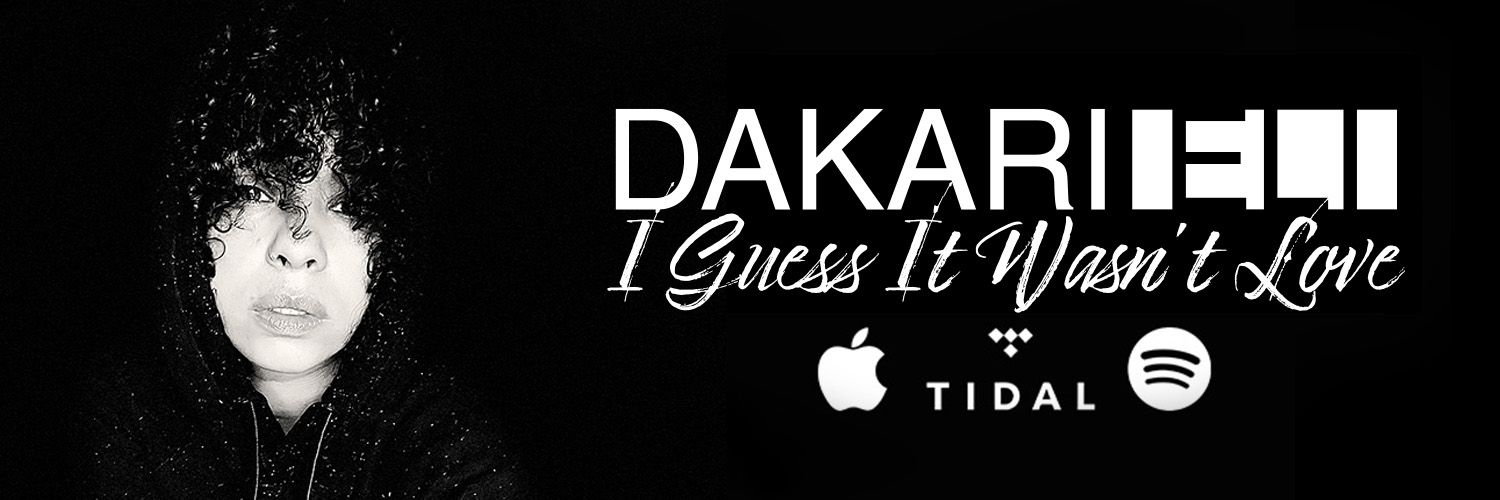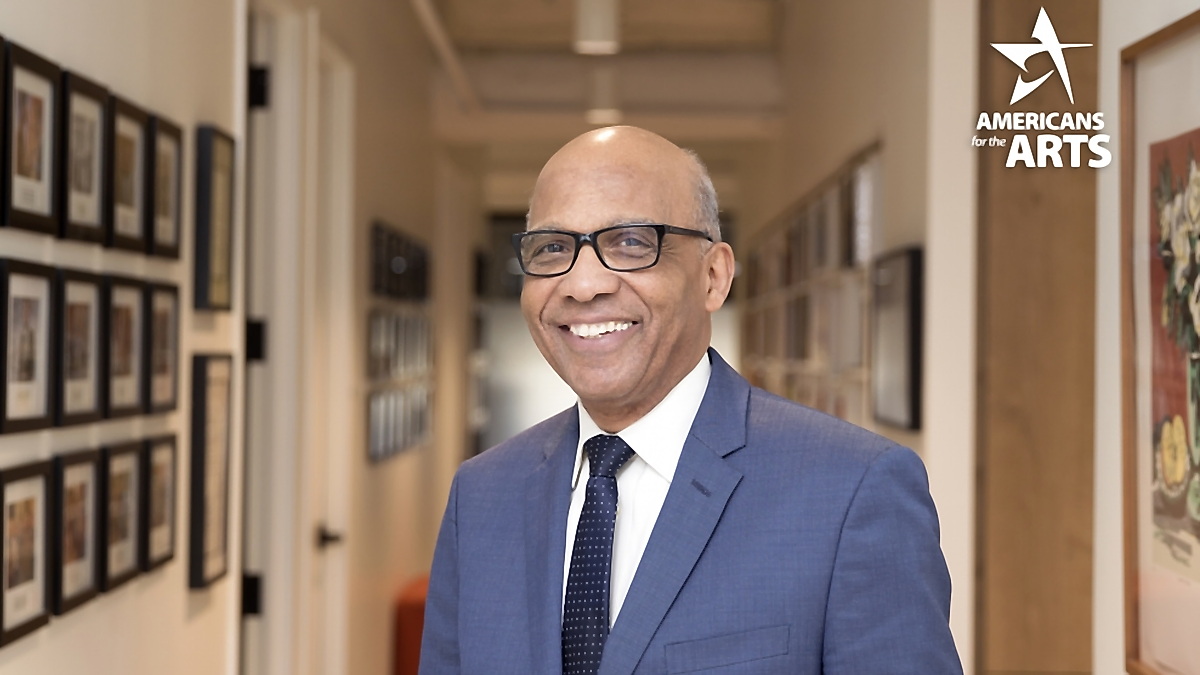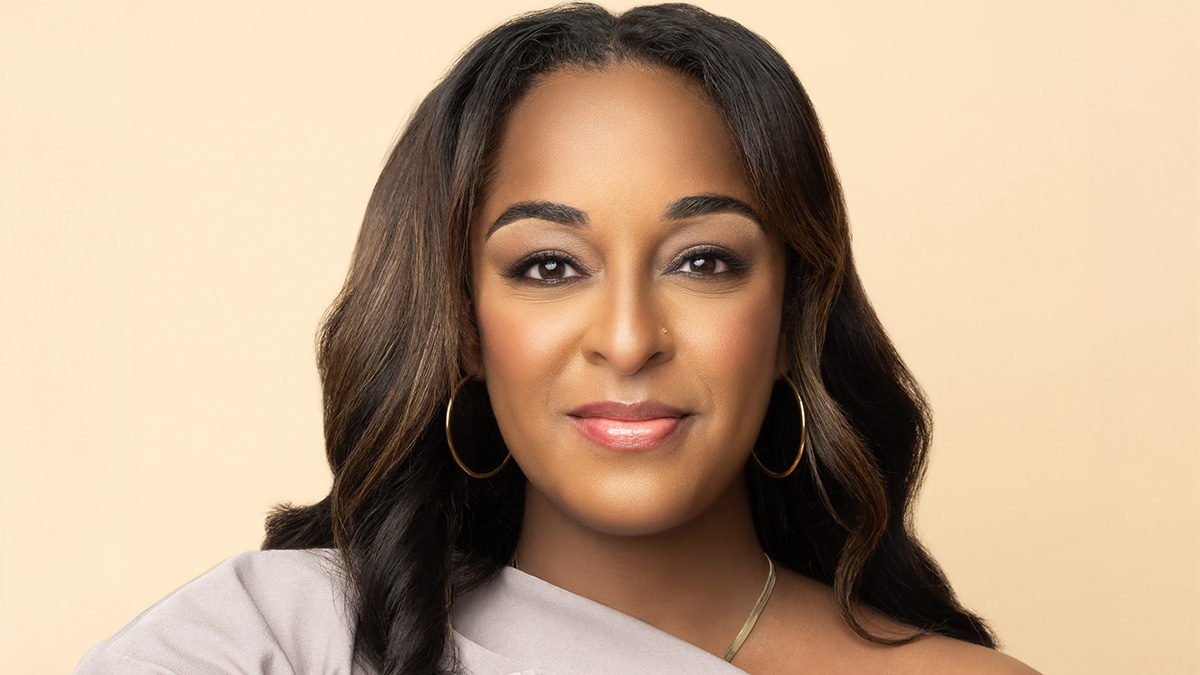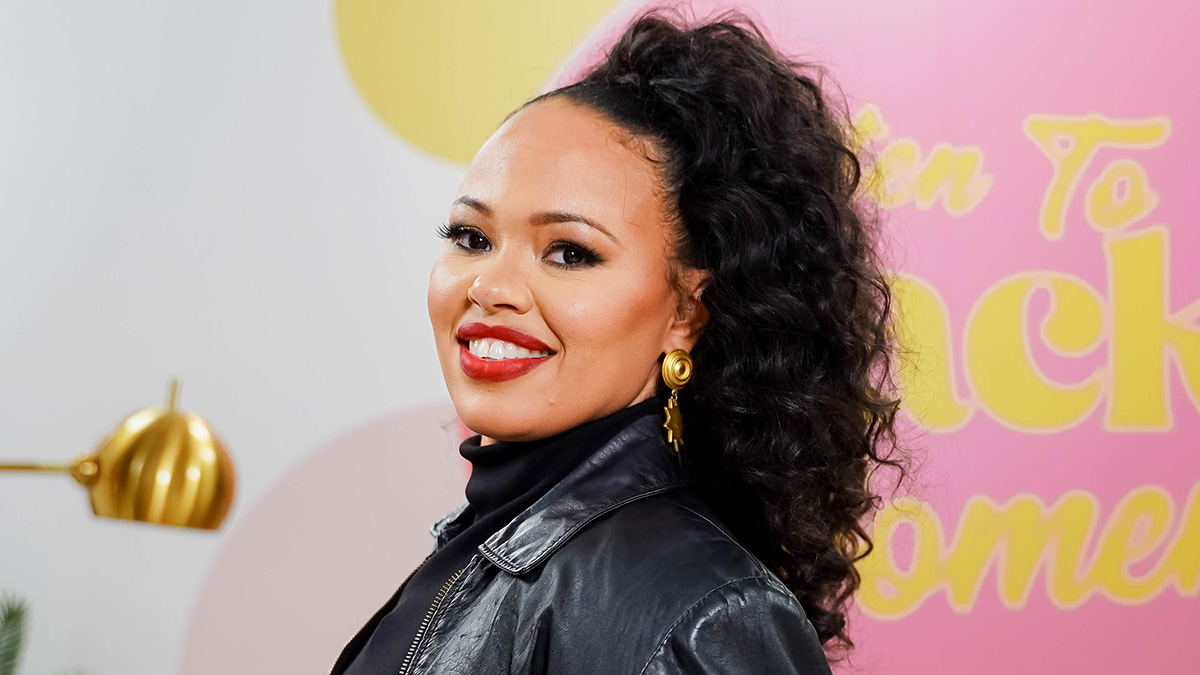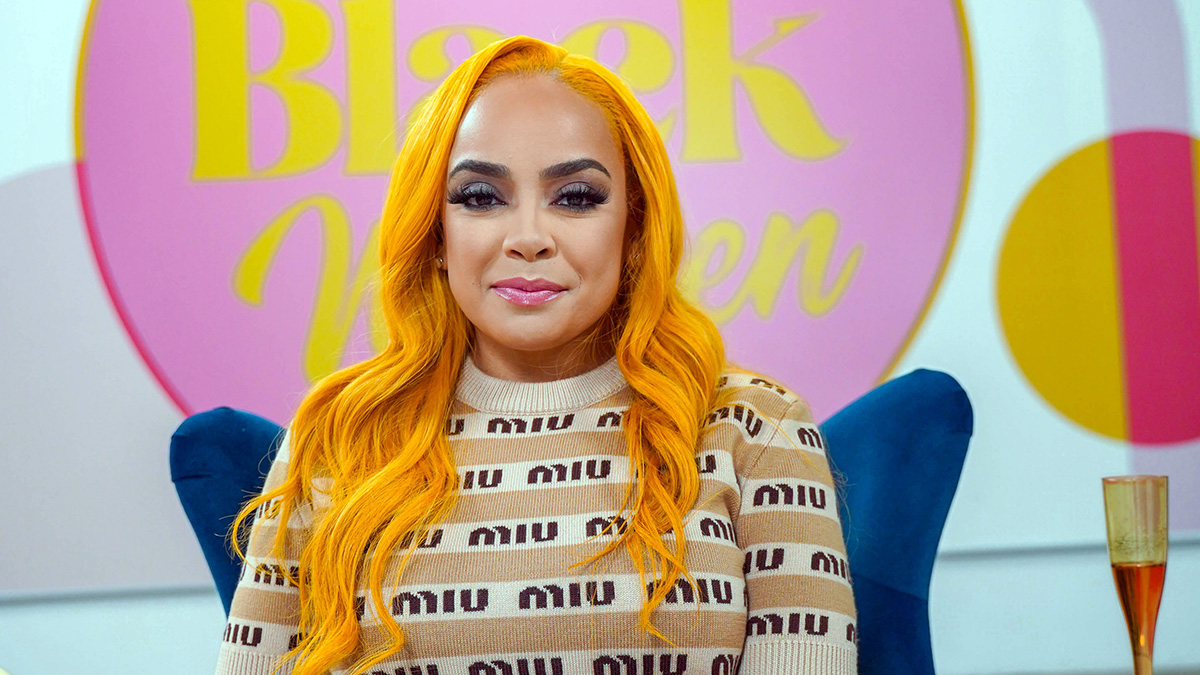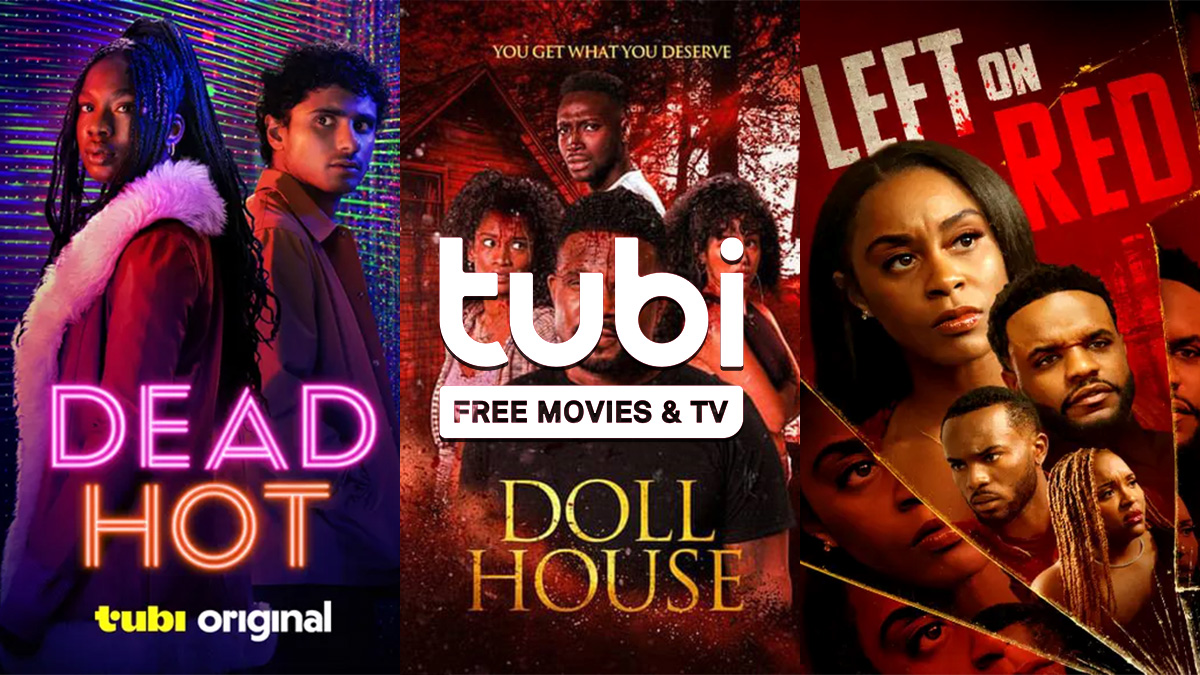Mr. Nolen V. Bivens, President, and CEO of Americans for the Arts, discusses using his military experiences to lead his organization through challenging times and the contributions that the arts make to the American way of life and the overall well-being of our nation.
Tell me, what was it that intrigued you or that led you to join Americans for the Arts?
Well, Ben, I often make two statements, given the world we’re living in, that everybody has an art story, and everybody has a democracy story. Whether we realize it or not, we all come to this country in some way, some fashion. That’s our democracy story… The other thing is that once we’re here, you know, the culture that we bring, we all end up with some type of art story. I think fundamentally I come from that perspective, but specifically what got me into the arts, and I think you know I have a military background as a retired general officer… During one of my tours in Iraq, I was training individuals to return to combat, obviously, and in the process of doing that, I discovered that many of them were not getting treatment for some of the trauma and traumatic experiences that they had.
The short version of the story came to me through an audiologist who was administering hearing tests to servicemen and women, and while she would administer that, oftentimes in the middle of the study, she’d stop getting responses from the sound booth. Many servicemen and women return from conflict with internal trauma and don’t seek treatment. As the person responsible for training them, I felt a commitment to help them be better prepared to go back. I discovered that many of them were using the arts as a way to deal with trauma. That led to post-retirement work with arts organizations and testifying before Congress, working with state legislation to talk about the value of the arts in healing our servicemen and women, but also just in diplomacy in general, and then I got to work with some art organizations like the National Endowment for the Arts as, again, a person to help them connect with the clinical side of the military. So, that led to the position being offered to me about two years ago when the organization was going through a little bit of radical change itself, as we all know with COVID and the George Floyd movement, and I came in at that particular point in time.
Given your leadership experience in both the military and civilian sectors, what strategies do you believe are essential for Americans for the Arts to foster equitable partnerships and advance its mission on a national level?
Good question, and I think I should use the moment that I came in as a reference because I think the strategies you’re asking about were some of the things that I found that I’ve had to implement here, so I’ve had to live it. A lot of that comes from my military experience of just multiple changes of assignments, different environments, different cultures, different requirements, and different nature of the crisis. It just required, you know, that aspect. So when I came to Americans for the Arts, I think that the first thing a leader has to do in an organization is to realize that you’re entering a crisis, and a crisis is sometimes like a storm. I mean, you can’t deny what’s happening around you. You know, George Floyd was going on, COVID was happening, and there were a lot of other social justice realities, and then you immediately have to understand that for what it is. Initially, I had to come to terms with the reality of the situation I was dealing with. I couldn’t pretend that it was something else. The reality was that I had to move from where I was to where I wanted to be. In any crisis or strategy, you can’t go back, you always have to go forward. This is something Jack Welch emphasized years ago, and it’s crucial to understand the one thing that your organization does. When you’re in the middle of a crisis, it’s essential to know what that one thing is that your organization contributes. You need to find the center of the storm, where it’s the quietest, to understand what you do, why it’s important, and how to do it effectively.
For effective problem-solving, there must be alignment between the environment, strategy, and structure. As the leader of a nonprofit organization, I had to understand what the world was asking of us. The world demanded more equity and inclusion, and our nonprofit had to address those needs. The strategy must align with what the people we serve are asking for, and we must have the resources to make it happen. The focus now is on being more equitable and inclusive and bringing everyone who may not have been included before into the conversation. The structure or capacity to deliver, is also an essential piece of the puzzle.
As someone who has testified before Congress and advised on federal arts initiatives, what legislative priorities do you see as crucial for Americans for the Arts in the coming years?
Several pieces of legislation are very crucial to what we’re doing. The ones that we are working on that are most critical for us right now are those that have to deal with labor. You know, the same problems that the average worker faces are what the artists face as well. And artists are oftentimes gig workers. They don’t have some of the tax advantages that others have. So I think that anything we can do now, particularly in the wake of COVID, to increase funding and opportunities for dollars to be given to artists to be employed is critical. I would just say that labor legislation before Congress is a key priority for us.
The next one is education. I think that when you look at the mental health crisis in our schools with our children; I think that is something we have to pay attention to. And there are several pieces of legislation there to increase funding for schools and the use of art as a part of that is very, very important.
And then I think there’s a third dimension, Ben, that is more general, but it’s legislation that is being moved through Congress to advance social justice items, right? The areas that we’re talking about… There are a lot of programs that are trying to raise the sphere of social justice within our community. I think it’s important for the arts to be engaged because art allows us to tell those stories more effectively, but it also then provides resources for those communities that can engage in that kind of particular engagement with the arts towards culture. While it’s not direct legislation, it tips over into the whole democracy issue that we find ourselves engaged in now. Democracy is very important to our country, but I think art in telling that democracy story is also fundamental. So any type of funding, whether it’s in the private sector, or other organizations that help perpetuate the stories of democracy, I think is another critical area of focus and strategy.
How does your organization collaborate with other organizations, both within the arts sector and beyond, to maximize its impact and reach?
Well, I don’t know if you had a chance, but on the website there, you’ll find that I wrote six principles when I first came on board, seven now, and I talked about those seven principles in terms of why they are critical to the future of Americans for the Arts. That’s a good reference. But there’s one of those principles in there that I would draw your attention to, and I think it’s the third one where we talk about focusing on our place in a network of networks. The thing that makes this happen is that we no longer, as a world, run just organization to organization. What’s powerful about what we do today is that we connect networks. So what we have to do at Americans for the Arts is make sure that we are connecting not organizations, but networks, because those networks have a broader reach, and they’re coming together for common interests. And so I’ll give an example that Race Forward is a social justice organization at the national level, and they focus on the advancement of legislation and issues that look for racial justice and parity. And we are an arts organization. We are about the cultural advancement and arts advancement within the country.
So, the idea is, how do we bring these networks across the country together to get the community impact? Because one of those other principles you’ll find out that I defined was that the impact of the arts is at the community level. That’s where we make the biggest difference. The largest funders of the art in this country are mayors as a group. Those decision-makers provide the most money for the funding of the arts. We have legislation at the national level that gives it, but the majority of it comes from that local level. So we want those local arts agencies to be connecting with those other grassroots organizations within the community to tell the story of racial justice, to tell the story of art and its contribution to that. So I would say the answer to your question is focusing on our place in the network of networks.
Now, what role will technology play in your outreach efforts?
Well, you know, the old story is that most folks today are shaking in their boots about artificial intelligence. And technology has always been around. I fundamentally believe, Ben, that technology is just a catalyst for calling us out of the ordinary into the extraordinary. The reason I say that is that the fear of it only is going to make it worse. So right now, one of the most dominant ways that we can see the use of technology is in those areas where it’s going to be disruptive. And I think AI is one of those disruptive things.
But anytime there’s disruption, there’s also creation, right? And here we have the opportunity where we can take art and its many forms of technology and leverage it into the workforce for artists and arts organizations in terms of what they do. If you remember when a lot of the sound technology that was coming in, people were saying it was going to take away from sound engineers and stuff like that. It’s only created the need even more, right? So the area that I think is going to be most impactful is in the area of the workforce.
Because as we have technology taken over more and more on some of the technical sides, you’re still going to need the creative aspect of a human being. Let me share a thought with you that I think is so important. I was a chemistry major, and I learned from the periodic table that everything that we’ve ever created on this earth came from that table. There are elements on Earth that we use to create and build things. But the most important thing that had to be added to that table was someone’s creativity. Someone had to imagine differently. Someone had to think about it in a different way. So while technology can take care of a lot of processes and things that we do, even on the artificial intelligence side, you’re still going to need to have that creativity component that the human individual brings to the table. Maya Angelou said it this way, “You can never use up creativity. The more you use, the more you get.”
Now, are there any upcoming events and campaigns people can join to support your organization?
Well, first and foremost, let’s just go to the basic blocking and tackling, as they say in football, which is membership. There are a lot of people who believe in the arts. We support and advocate for the arts. So, let’s join together in advancing the arts so that everybody will have the opportunity to experience the arts for a lifetime. Right now, the arts have been affecting people in our country from age four to age 94. The young people of our country are dealing with a lot of traumas and issues. Think of the first grader who goes through domestic terror. That’s equivalent to combat when you think about it. You think about the person that’s 94. They’re living longer, but they’re living alone longer, and we’re finding that art is so vital to their well-being. And all in between is everything else, right? And we just sometimes find ourselves awash in trauma.
And I think that’s kind of the broader category of the answer to your question, but I think it says to every citizen, every individual in this country, that joining us, whatever way it may be, is helping us advance the advocacy for the organizations and for individuals to be able to experience art. We think that it’s so vital to our overall well-being as a nation… I think we just need to start thinking of that, and the individual citizen being a member of our organization is fundamentally the way that we think folks can get involved. If you’re an artist, you can be involved in our artist committee in the work that we do. If you’re a localized agency, you can be a part of that body of individuals and organizations that we support around the country with education, training, and those kinds of things as well.
And then clearly, if you’re an advocate, join us in our advocating on Capitol Hill for that process of more arts for that.
Lastly, how will your background help elevate Americans for the Arts’ influence in national discussions about the importance of art and culture?
Well, that is a million-dollar question, and it has two sides to it. You know, as they say, a double-edged sword, right? I think that what it does in the affirmative is that most people would say, what is a general doing in the arts? It’s just like an oxymoron sometimes when people think about it. But the truth of the matter is that there is a very close relationship between the arts and the military. Who is the biggest employer of musicians in this country? Guess who it is. The military. If you go into the Pentagon and walk down the halls of the Pentagon, you’ll see more art on the walls, visual art, than you would probably see in a museum or as much as you see in a museum, right? And so, I think that George Washington, for example, when he was fighting at Valley Forge, commissioned a painting and had it presented to the troops while they were at Valley Forge. In World War II, we had a secret organization, now declassified, of artists that were creating replicas of tanks and other devices to deceive the enemy. And on and on and on. So, there is a linkage between the arts and the military, so it’s not that far when you look at it historically.
I think that the uniqueness of having that military background allows me to look at things differently at this moment in time. You remember I shared with you earlier that when you’re in a crisis, it’s kind of seeing things as they are, going from what is to what could be. And I think that’s very important now, particularly in the arts and culture sector, which is going through its transformation as well in terms of what the country and the culture are expecting of it.
Be’n Original

